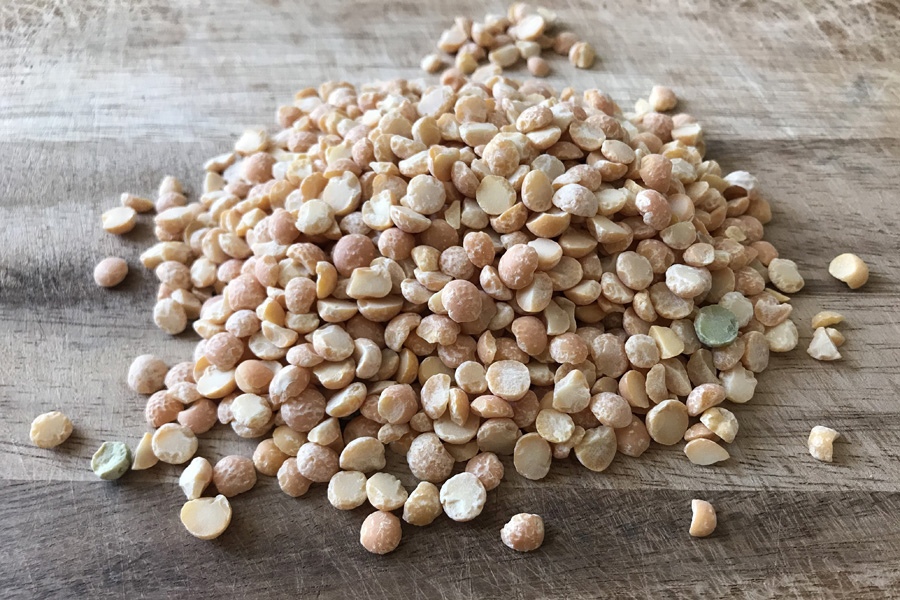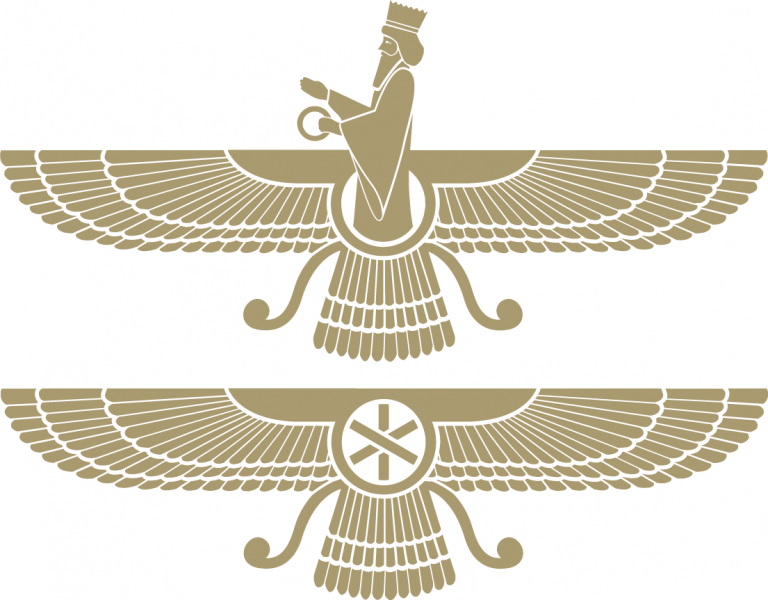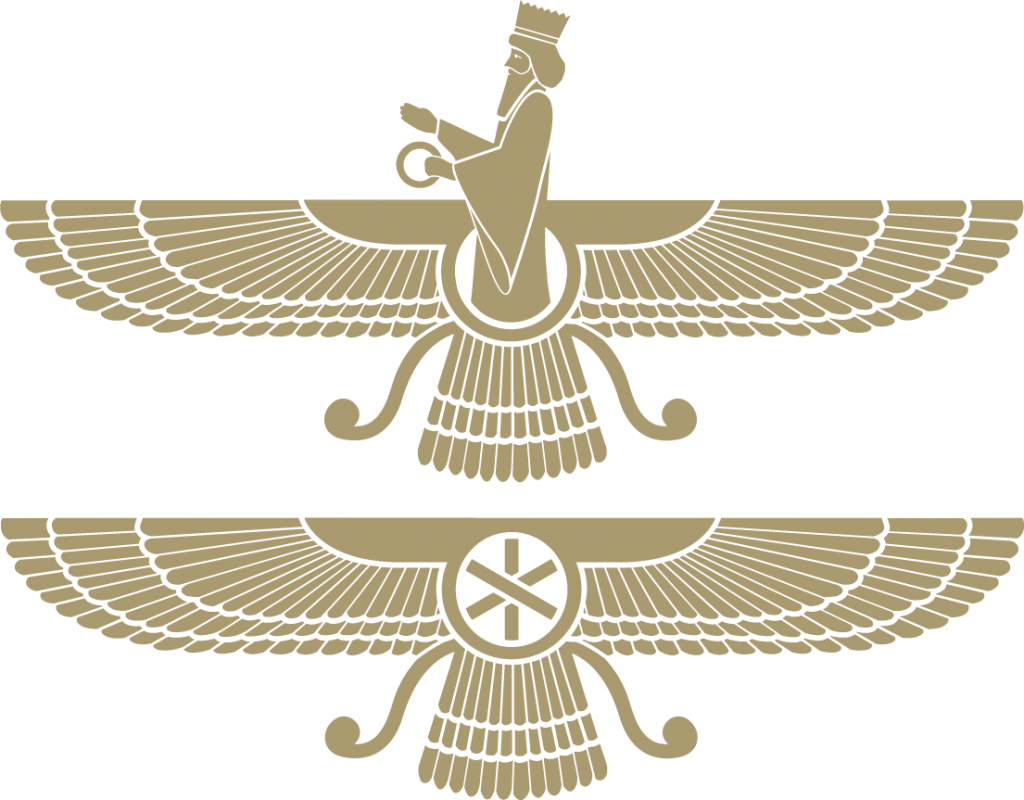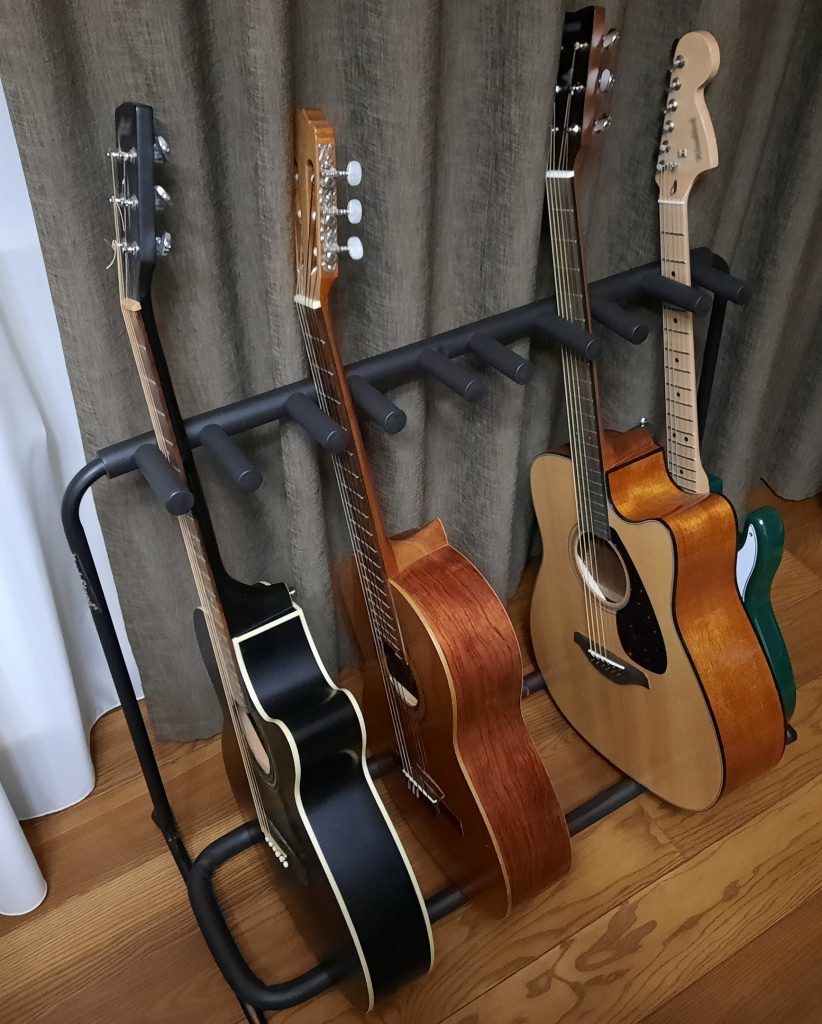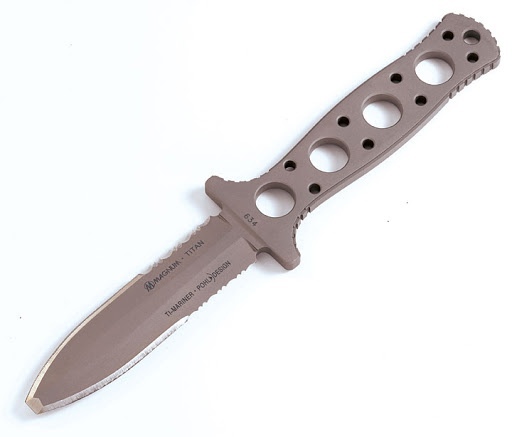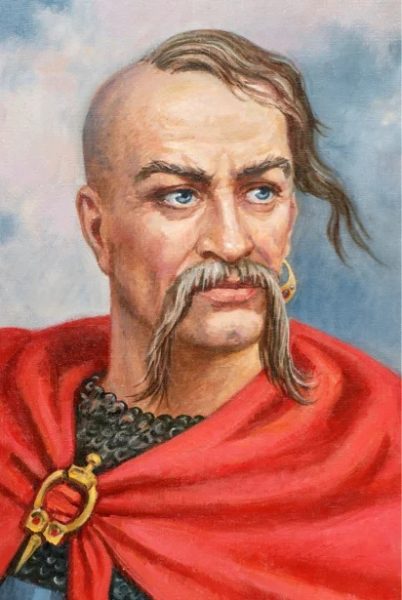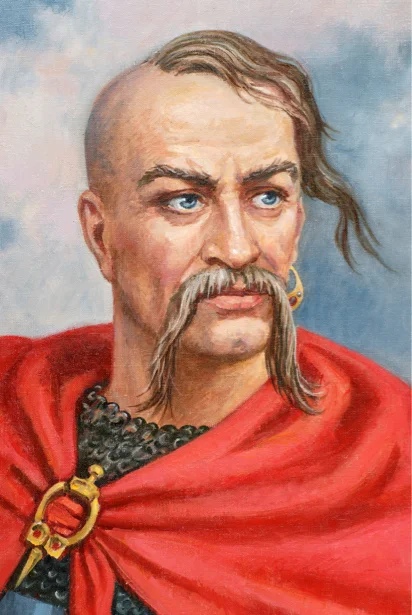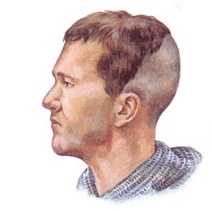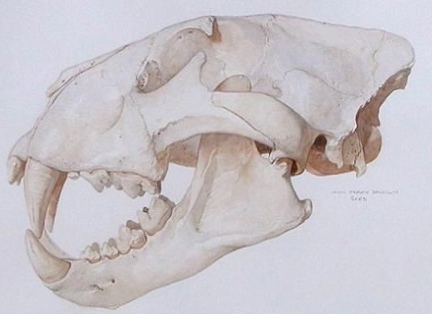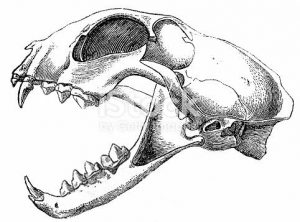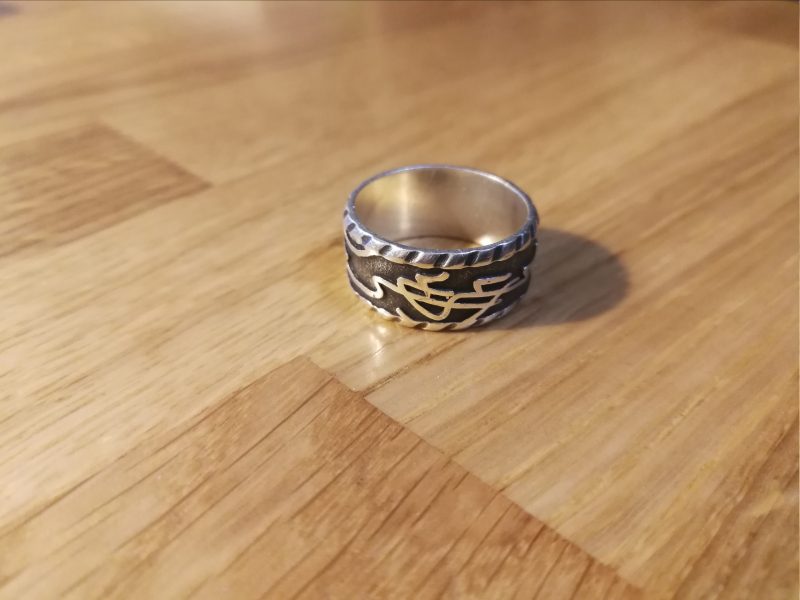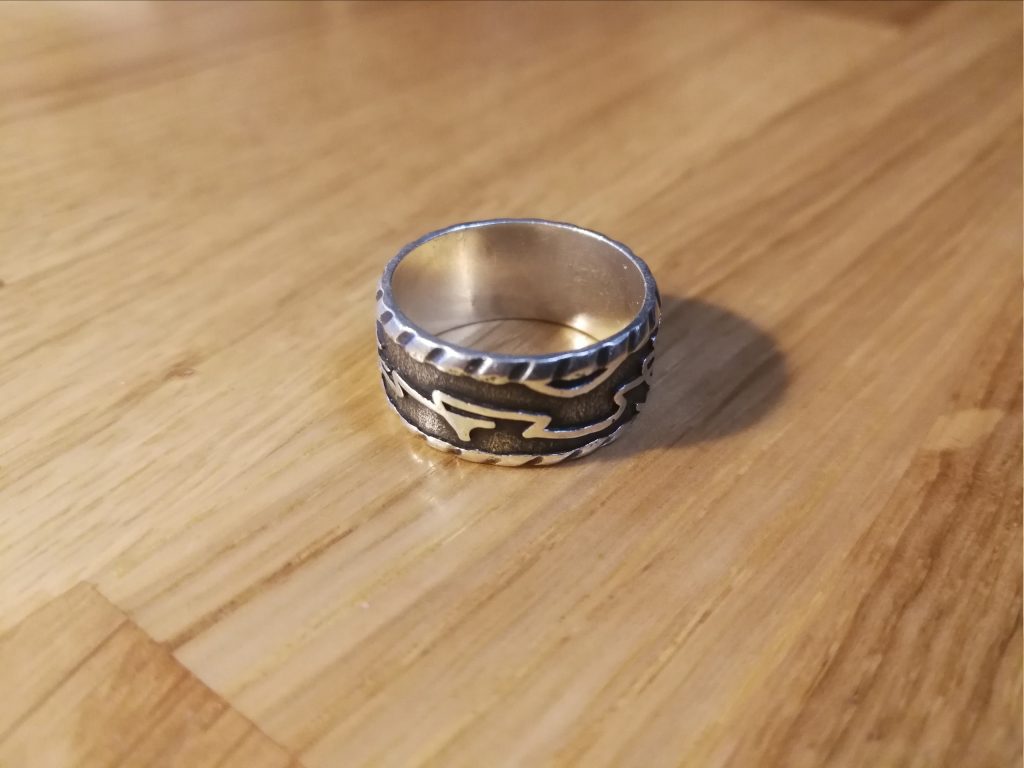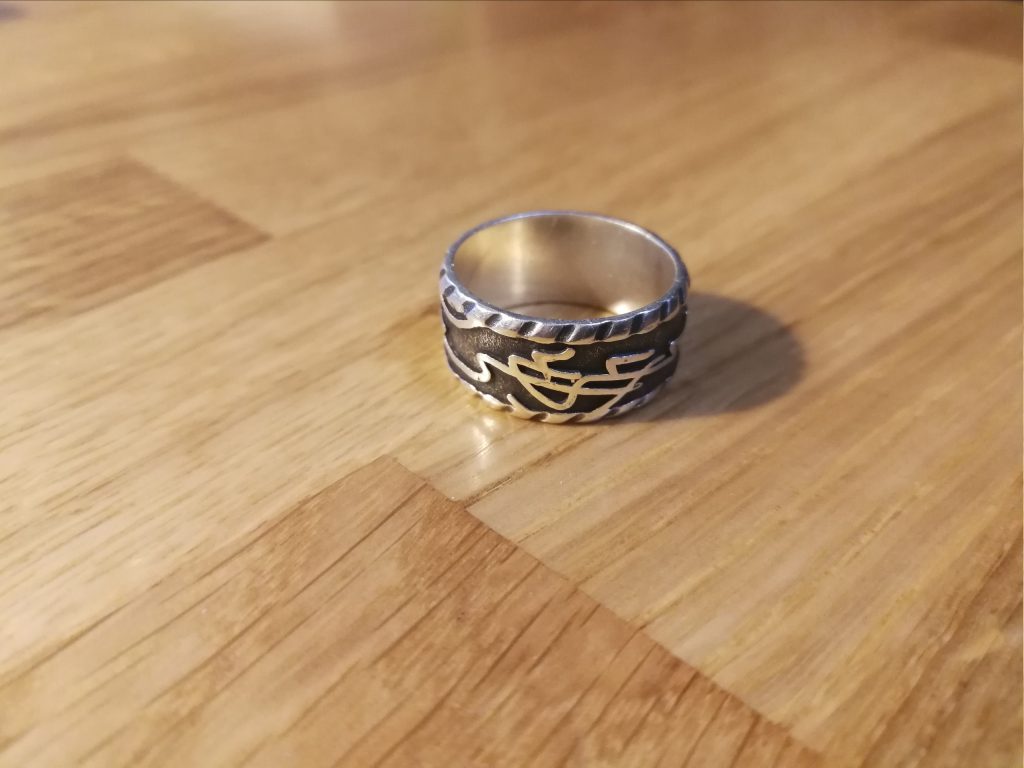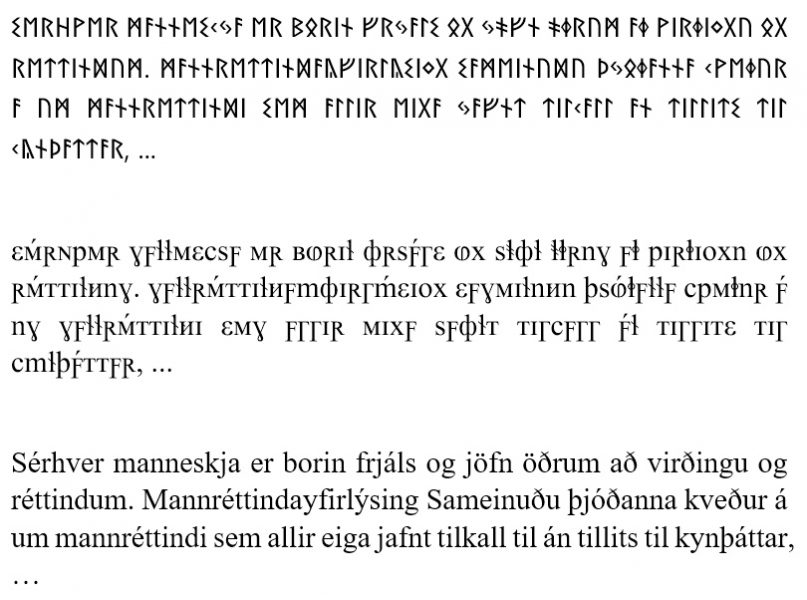Monday is a hard day (especially today for some reason), so nothing useful will happen, alas! Instead, I’ll write a post with a story that recently happened to Zahar and which he really asked not to tell.
Sorry, Zear.
But, since my professional deformation is already at a completely unimaginable level, first, again, the background with a brief historical excursion.
As you know, Recan is a state with a very interesting geographical location. His curiosity lies in the fact that wherever you go: from Ruginia to Hellas, from Recinia to Gesia, from Binisia in general anywhere to the north, you will still have to go through Recan. That’s why our ethnic composition here is, to put it mildly... diverse. And especially in the south.
- first the Hellenes visited here and founded a number of colonies. The most famous is the city of Agnon (Old El. Ἁγνόν), which is still in good health to this day, and is located exactly where the Ivolga River flows into the Ore Sea. And the Hellenes themselves still live in compact groups along the coast;
- fouls. There is no need to describe anything here: the city of Hveitstad, near which we are sitting, is just Folsky. And there are not just a handful of them here, but a whole impressive national minority;
- Kayans. They came from the east a long time ago, settled here and feel good;
- Eryakhshari dzherts. These fled from Eryakhshar to the north when the Biniz began to conquer them. Zeara's ancestors, in fact, are just one of these.
- well, and, in fact, rechans. They are the majority here.
But why am I telling this anyway? And the fact that such coloring inevitably leads to the fact that various national traditions mix and move back and forth, sometimes turning into something completely crazy.
Yesterday we decided to unwind a little, go around these places and see the views (and, believe me, there are a lot of them here). And somehow it turned out that we ended up in a certain Geart village, in which a wedding ceremony was being held. Of course, everyone became interested in watching... and then it began.
As soon as they noticed Zehar (I prudently moved away), they immediately dragged him to dance. It seems like nothing like that, right? But then a local girl ran up to him with a whole pot of dried peas - and poured it all right on his head. And while he stood there, blinking his eyes in confusion, the girl broke a pot in front of his feet and... jumped right on him.
It’s worth admitting: in such a situation, perhaps anyone would be scared. But Zehar was completely stunned and, either screaming or growling, pulled this lady off of him in the blink of an eye and literally threw her at one of the celebrants; and then, jumping over the shards, he rushed as fast as he could to the car. It’s clear that we didn’t stay in this village for long.
Tradition, as we later managed to find out, is something German that clearly came from fouls, but has become something completely incomprehensible. Thus, an unmarried girl at a wedding chooses her groom from among the guests - and if he agrees, he patiently waits until she breaks the pot, and if not, he takes it from her and carefully places it near her feet. Such and such things.
And now I press the “send” button from the bathroom so that Zear doesn’t find me. At least in the near future.

